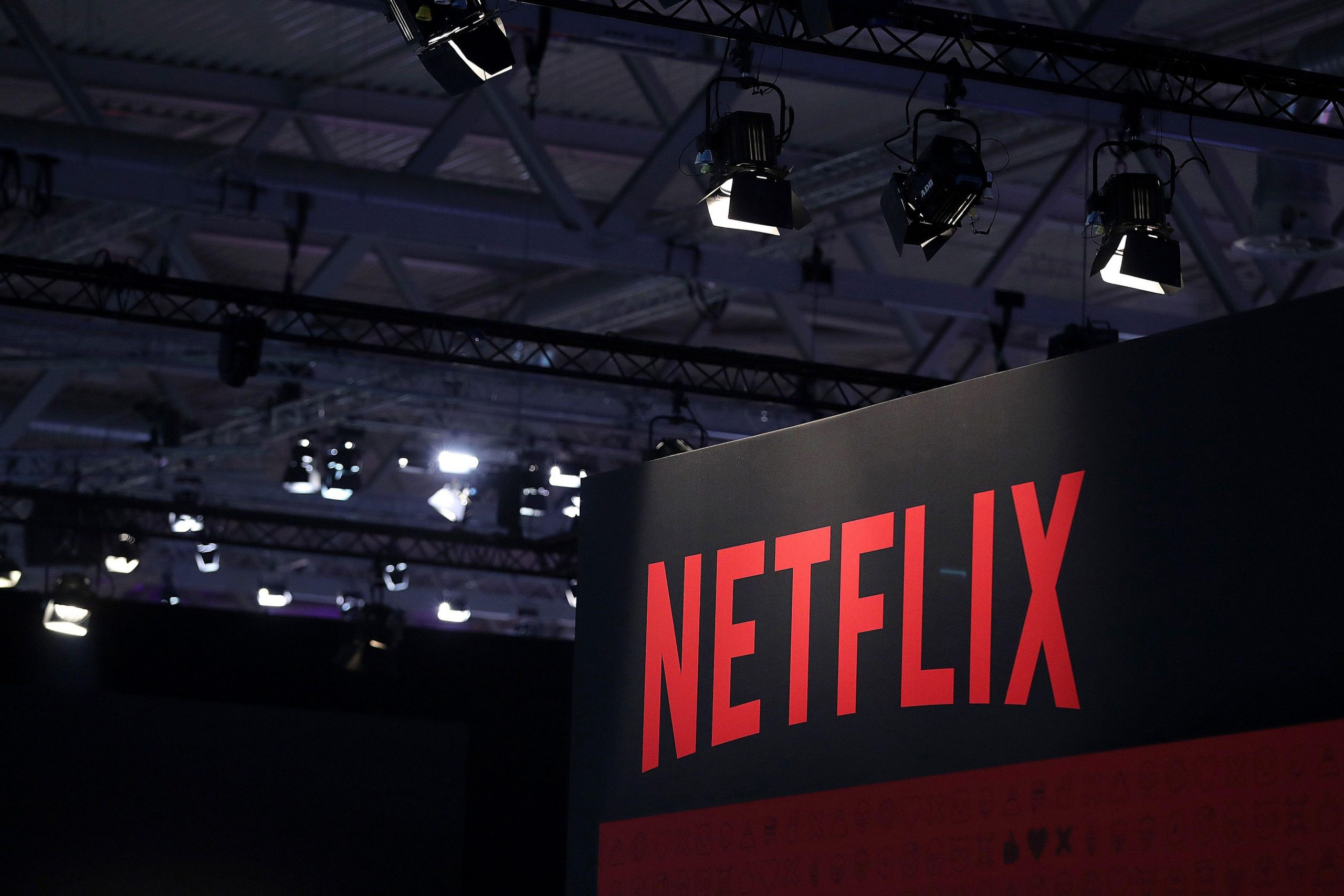Netflix on Thursday announced that it is bringing additional restrictions on password sharing in India. The streaming service has taken steps to crack down on password sharing globally in the past few months, restricting users from sharing passwords with people outside their “Netflix Household”.
The company, in its official statement, said, “A Netflix account is for use by one household. Everyone living in that household can use Netflix wherever they are — at home, on the go, on holiday — and take advantage of new features like Transfer Profile and Manage Access and Devices.”
How does Netflix identify password sharing?
Account sharing is now only allowed among individuals residing in the same household. Users who have parents or housemates living in the same location will still be able to share the account without any restrictions. But the owner should have the top-most plan, which supports at least 4 people.
Thus, you will be able to share your account with more people (2 additional users beyond the 4 account holders, for instance), provided you have the premium plan and, as an additional precaution, the additional users are logging in through primary household’s wi-fi at least once every 31 days.
What does this mean for the users?
The new policy will be implemented from July 20, and the rollout will be gradual. If caught sharing accounts, users will be asked to create a separate account or update their home location. So far, Netflix hasn’t announced it has a way to suspend the account.
Users can check who is logged into their account by visiting the security and privacy settings of their account and selecting the “Manage access and devices” option.
If users have multiple wi-fi networks, Netflix will associate one with the user’s “Household”. If you want to watch Netflix on devices that are connected to wi-fi networks using different ISP accounts or that have different external IP addresses, Netflix will ask you to verify that device as part of your Household.
Thus, users will have to make sure to set or update their “Netflix Household” from a device that is connected to their preferred or most used internet connection.
Watch: No More Netflix Password Sharing in India. What Next?
Any impact while traveling?
The streaming giant clarified, however, that this move will not impact users who use the app while traveling. It is not clear how the company plans on enforcing this though. It is likely the company will track the device ID to verify the user’s identity.
What about paid sharing?
Netflix has announced paid sharing facilities in markets like the US, which allow users to pay an additional amount to share their accounts with other users. This is for non-premium plans or for sharing with non-Household users in the premium plan.
The company revealed in a letter to its shareholders, however, that it will not offer this facility in countries like India, where the company recently slashed the subscription prices.
Netflix plans in India start at Rs 149 per month for the mobile-only plan, and the basic plan costs Rs 199 per month to watch on multiple devices. The company’s premium plan allows up to 4 devices at once, and costs Rs 649 per month. The premium plan is the costliest streaming plan in the country.
Note:- (Not all news on the site expresses the point of view of the site, but we transmit this news automatically and translate it through programmatic technology on the site and not from a human editor. The content is auto-generated from a syndicated feed.))



